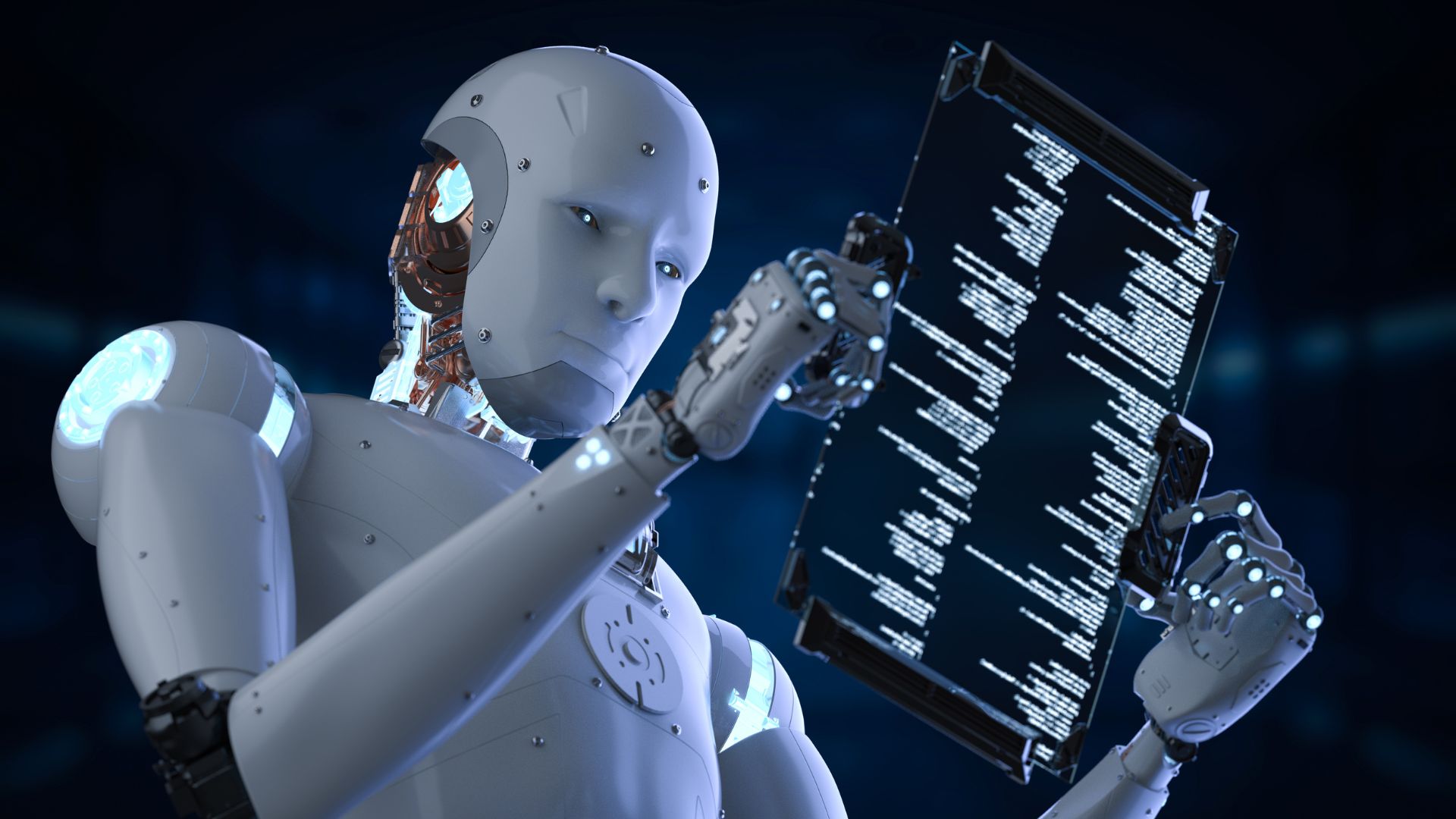Artificial Intelligence Programming
Artificial intelligence programming is a fascinating field that merges creativity with technical prowess. When delving into the realm of artificial intelligence programming, one must grasp the fundamental principles that underpin this cutting-edge technology. It’s not just about writing code; it’s about crafting algorithms that mimic human cognition and learning.
As an expert in artificial intelligence programming, I navigate through complex neural networks, machine learning models, and data structures to create intelligent systems. The key lies in understanding how to train algorithms to recognize patterns, make decisions, and continuously improve their performance over time. It’s a delicate balance of logic and innovation.
Whether you’re a novice intrigued by the possibilities of AI or a seasoned developer looking to enhance your skills, artificial intelligence programming offers a playground for experimentation and discovery. Embrace the challenge of teaching machines to think, reason, and adapt – the future of technology is in our hands.
Understanding Artificial Intelligence Programming
Artificial intelligence programming, or AI programming for short, is the backbone of creating intelligent systems that can mimic human cognitive functions. This field combines computer science, data science, and machine learning to develop algorithms capable of learning from data, recognizing patterns, and making decisions without explicit human intervention.
When diving into AI programming, it’s crucial to understand the two main types: narrow AI and general AI. Narrow AI focuses on performing specific tasks efficiently, such as image recognition or language translation. In contrast, general AI aims to exhibit human-like intelligence across a wide range of activities. Most current applications fall under narrow AI due to its practicality and feasibility.
One fundamental concept in AI programming is machine learning, where algorithms improve their performance over time as they are exposed to more data. Supervised learning involves training models on labeled datasets, while unsupervised learning deals with finding patterns in unlabeled data. Reinforcement learning is another approach where agents learn through trial and error interactions with an environment.
In the realm of AI programming languages, popular choices include Python for its simplicity and rich libraries like TensorFlow and PyTorch for deep learning applications. Java and C++ are also common for building robust AI systems that require high performance.
Understanding artificial intelligence programming opens up a world of possibilities for revolutionizing industries like healthcare, finance, and transportation. As technology continues to advance rapidly, mastering the intricacies of AI programming will be essential for staying competitive in the ever-evolving digital landscape.
By grasping the fundamentals of artificial intelligence programming and keeping pace with advancements in the field, one can harness the power of intelligent machines to solve complex problems and enhance various aspects of our lives. Whether it’s optimizing business operations or advancing scientific research, AI programming offers endless opportunities for innovation and growth.
AI Programming Tools and Frameworks
When delving into the realm of artificial intelligence programming, having the right tools and frameworks at your disposal can significantly enhance your development process. Let’s explore some of the top options that are widely used in the industry:
TensorFlow
- Developed by Google Brain, TensorFlow is an open-source machine learning library that has gained immense popularity among AI developers.
- Known for its flexibility and scalability, TensorFlow offers a comprehensive ecosystem with tools for building and deploying machine learning models.
PyTorch
- PyTorch is another powerful deep learning framework that is highly favored for its dynamic computational graph capabilities.
- Widely adopted by researchers and industry professionals alike, PyTorch provides a seamless platform for prototyping and experimenting with neural networks.
Scikit-Learn
- For those looking to get started with machine learning in a user-friendly environment, Scikit-Learn is an excellent choice.
- This Python library offers simple yet effective tools for data mining, analysis, and model building, making it ideal for beginners in the field.
Keras
- Keras is a high-level neural networks API written in Python that allows for rapid experimentation with deep learning models.
- With its focus on user-friendliness and modularity, Keras simplifies the process of designing complex neural networks while maintaining flexibility.
